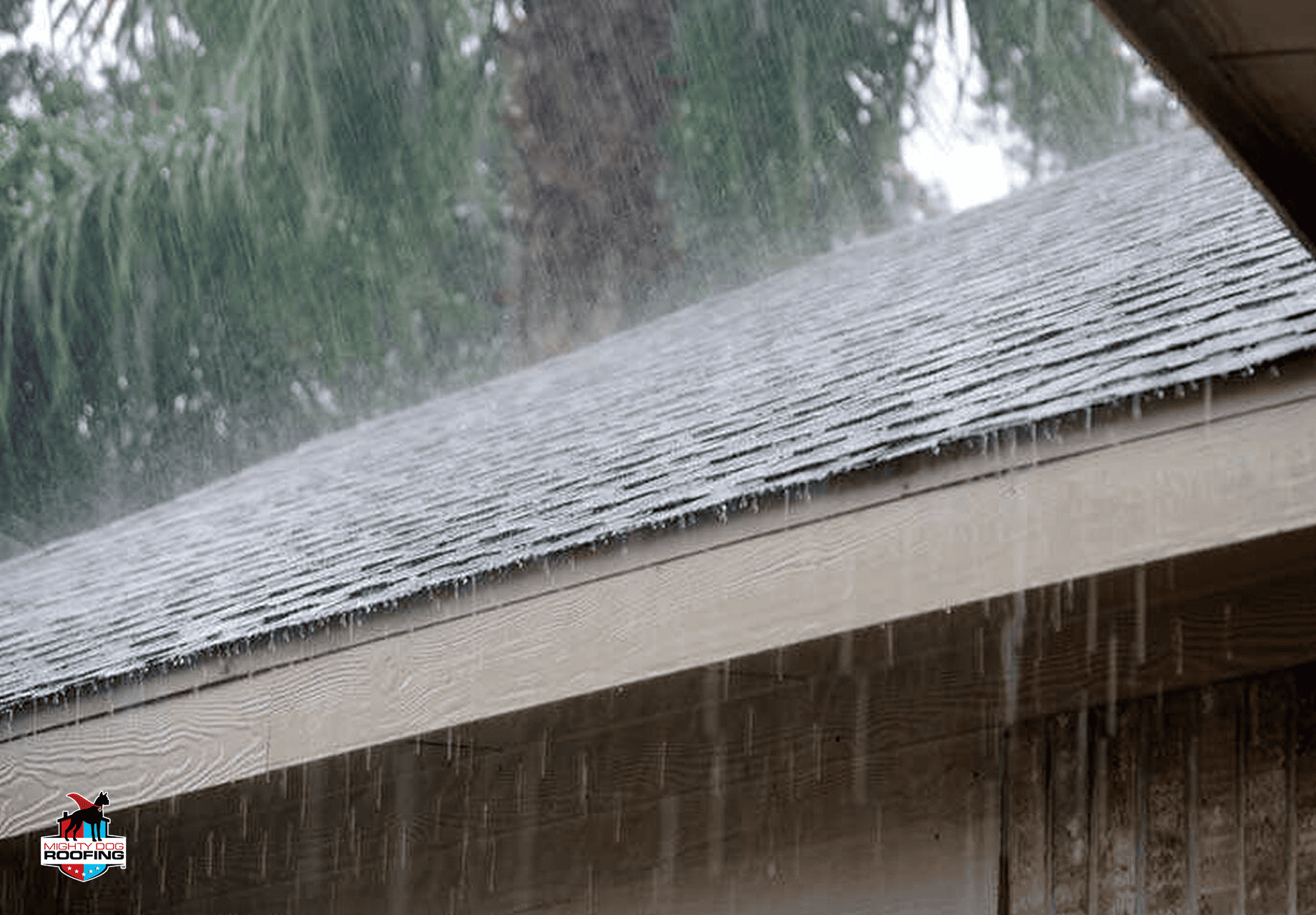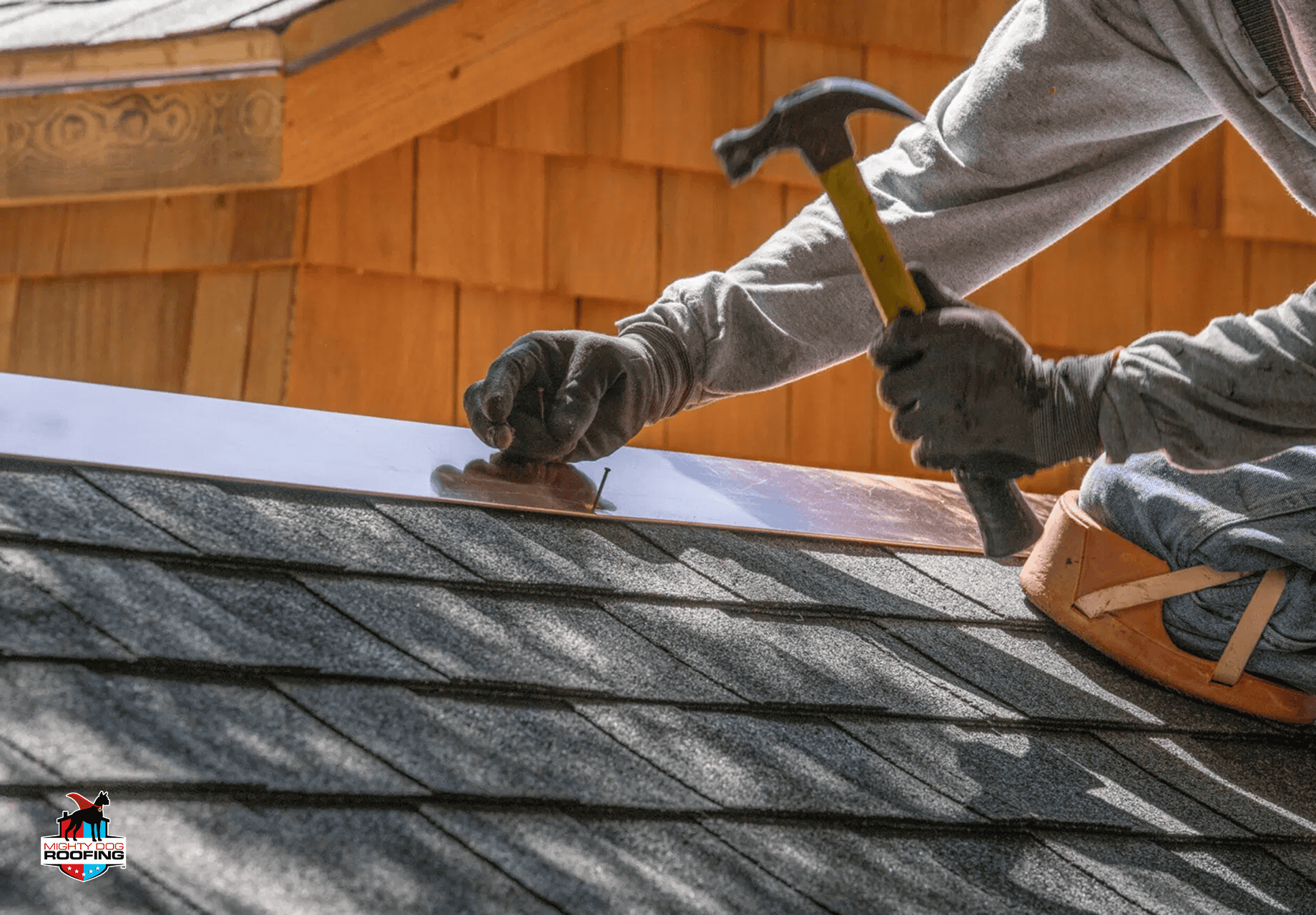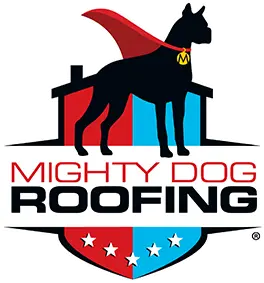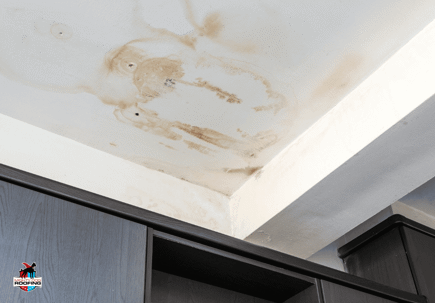Examining your home's upper structure from within provides a safer, more revealing vantage point than exterior evaluations. Pennsylvania residents can identify numerous structural concerns from the inside, especially following harsh winter conditions and seasonal weather events. This detailed attic inspection guide from Mighty Dog Roofing will assist you in discovering issues before they undermine your dwelling's structural integrity.
Why Attic Inspection Is Your First Line of Defense
An interior assessment grants Pennsylvania homeowners significant advantages compared to external examinations. When winter conditions make ladder usage hazardous due to accumulated snow or ice, your upper space offers a secure position to evaluate potential damage. Furthermore, many structural problems manifest internally long before becoming externally visible, enabling you to address concerns before they escalate into expensive fixes or interior harm.
Key Benefits of Attic-Based Roof Assessment:
- Uncovers hidden structural weaknesses invisible from the exterior.
- Enables inspection regardless of outdoor weather conditions.
- Detects moisture penetration during earliest phases.
- Delivers comprehensive visualization of decking and support elements.
- Generates documentation for insurance purposes when necessary.
As seasoned professionals, we urge West Chester homeowners to perform regular evaluations as part of a proactive maintenance approach. These interior assessments complement our thorough structural examinations, helping identify priority areas requiring expert attention while potentially conserving thousands in preventable damage.
Essential Safety Precautions for Attic Inspection
Before entering your upper space, appropriate preparation is crucial. Always utilize sufficient illumination—combining a strong flashlight with a hands-free headlamp works ideally for examining shadowy corners and crevices. Moving safely requires distributing weight properly across joists or designated pathways, never stepping directly on insulation or ceiling materials which could result in falls or structural compromise.
Shield yourself with suitable attire including full-length sleeves, pants, gloves, and eye protection to defend against insulation irritation and airborne particles. Be conscious of air circulation, particularly during warm summer months when upper areas can reach hazardous temperatures. Never enter if you detect gas odors, observe significant structural issues, or notice electrical hazards—these situations demand immediate professional intervention from Mighty Dog Roofing or emergency personnel depending on severity.
What to Look for: Water Damage and Leaks
Water infiltration represents the most prevalent and destructive issue facing Pennsylvania homeowners. During your assessment, thoroughly examine sheathing and rafters for dark discoloration, streaking, or white mineral deposits—all indicators of current or previous leaks. Give special attention to areas where different planes intersect, around chimneys, and near vent penetrations, as these junctions frequently develop vulnerabilities during harsh Philadelphia winter conditions.
Common Water Damage Indicators in Pennsylvania Homes:
Indicator | What It Means | Priority Level |
Dark water stains on wood | Active or recent leakage | High - Immediate attention |
Compressed or discolored insulation | Moisture saturation | High - Check for active leaks |
Rusted nail heads | Long-term moisture exposure | Medium - Monitor for changes |
Mold or mildew presence | Ongoing humidity issues | High - Health hazard |
Frost or ice formation (winter) | Heat loss and ventilation problems | Medium - Address before spring thaw |
Seasonal factors significantly influence damage patterns in West Chester and surrounding areas. After heavy precipitation or snowmelt events, conduct prompt roof leak detection to identify fresh water intrusion. Mighty Dog Roofing specialists recommend checking during daylight hours when sunlight penetrating even minute openings creates visible light beams inside, making problem identification more effective during your DIY roof assessment.

Identifying Structural Problems from Inside
Your overhead space provides an unobstructed view of the structural elements supporting your dwelling. During inspection, analyze rafters and trusses for any deviation from their original straight alignment. Properly functioning structural components should appear level and true, without visible sagging, fracturing, or bowing. Pay particular attention to junction points where different framing members connect, as these critical intersections often display the initial signs of stress.
Critical Structural Warning Signs:
- Sagging or deflected decking between support members.
- Fractured or split wooden elements, especially near load-bearing walls.
- Disconnected joints or connections in engineered support systems.
- Pushed or buckled surface materials.
- Daylight visible through upper surfaces (excluding designed ventilation).
- Unusual movement or creaking when wind creates pressure on the structure.
When conducting Pennsylvania roof maintenance inspections, our experienced technicians recommend monitoring seasonal movement patterns. Winter snow weight and summer heat expansion can reveal structural weaknesses that remain concealed during milder weather. If you observe any significant structural concerns, exit immediately and contact qualified experts—compromised structural elements can fail unexpectedly, creating dangerous situations.
Insulation and Ventilation Assessment
Proper insulation and ventilation function together as a system to shield your home and maintain energy efficiency. During your attic roof inspection, evaluate insulation coverage for consistent depth and distribution. Pennsylvania homes require sufficient R-values to combat cold winters, but equally important is proper installation without gaps or compressed areas that diminish effectiveness. Examine areas around light fixtures, pipes, and other penetrations where insulation often deteriorates initially.
Ventilation assessment requires understanding airflow patterns throughout your overhead space. Properly functioning systems allow fresh air entry through soffit vents and exit through ridge or gable vents, creating continuous circulation. Watch for signs of blocked vents, including dust patterns, insect nests, or improperly installed insulation covering intake areas. Mighty Dog Roofing experts frequently identify poor ventilation as a primary contributor to premature structural failure in West Chester homes, making this aspect particularly valuable.
Signs of Pest Infiltration and Damage
Pests frequently enter through even minor damage, creating both structural concerns and health hazards. During your West Chester roof inspection, identify entry points around soffits, gable vents, and where planes meet. Fresh wood particles, damaged insulation, or nesting materials indicate active infestations requiring prompt attention. Mouse droppings, bat guano, or insect evidence should be addressed immediately due to health risks.
Beyond the immediate pest concerns, animal intrusions often signal underlying vulnerabilities. Squirrels and raccoons commonly enter through damaged vents or fascia boards, while insects may penetrate through moisture-compromised wood. Our professional teams frequently discover that pest entry points correlate directly with deterioration in Philadelphia roofing problems. Addressing both the access points and the underlying issues simultaneously prevents recurring infestations while restoring your home's protective capabilities.
Using Your Findings to Plan Roof Maintenance
Translating your assessment results into actionable maintenance plans requires systematic documentation and prioritization. Begin by capturing images of all discovered issues, noting their location on a simple diagram. Document observations with detailed descriptions to track progression over time and communicate effectively with professionals when needed.
Maintenance Planning Priorities:
- Immediate Threats: Active leaks, structural damage, electrical hazards.
- Preventive Repairs: Minor water stains, early-stage deterioration.
- Efficiency Improvements: Insulation upgrades, ventilation enhancements.
- Seasonal Preparations: Ice dam prevention, gutter maintenance.
With proper documentation in hand, Mighty Dog Roofing can provide more accurate assessments and targeted solutions during professional follow-up evaluations. Our experience with home inspections has demonstrated that informed homeowners who conduct regular assessments typically experience fewer emergency situations and lower lifetime costs compared to those who wait for problems to become visible from outside.

When to Call Professional Roofers Immediately
Some situations discovered during roof damage detection require immediate professional intervention. If you observe active water flowing inside, significant structural deformation, or electrical wiring exposed to moisture, contact Mighty Dog Roofing without delay. These emergency conditions can rapidly escalate from property damage to safety hazards if not promptly addressed by qualified experts.
While awaiting professional help, take precautionary measures without putting yourself at risk. Document conditions with photographs, position containers under active drips to prevent interior damage, and avoid disturbing compromised structural elements. Maintain a list of emergency contacts including your trusted contractor, insurance agent, and when appropriate, utility companies who may need to disconnect services in severe situations involving electrical or gas systems.
Conclusion
Regular assessments form the cornerstone of effective Pennsylvania roof maintenance. By identifying issues early from inside your home, you'll prevent costly damage and extend your structure's lifespan. Call our mobile team directly at 610-646-1344 for immediate response to urgent concerns. For professional evaluation of issues discovered during your DIY roof assessment, contact Mighty Dog Roofing of Greater West Chester at (your-contact-information) for expert consultation.


